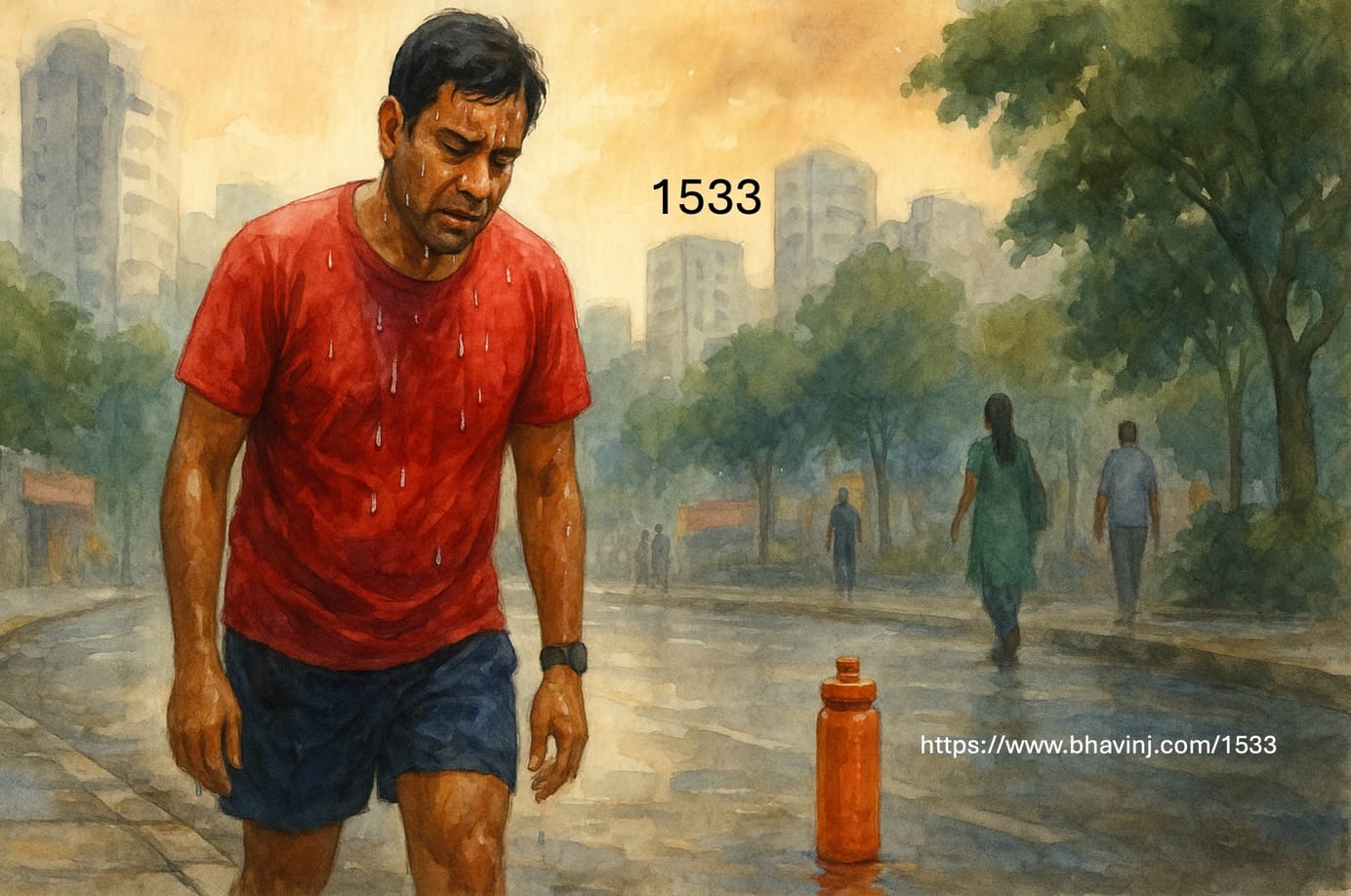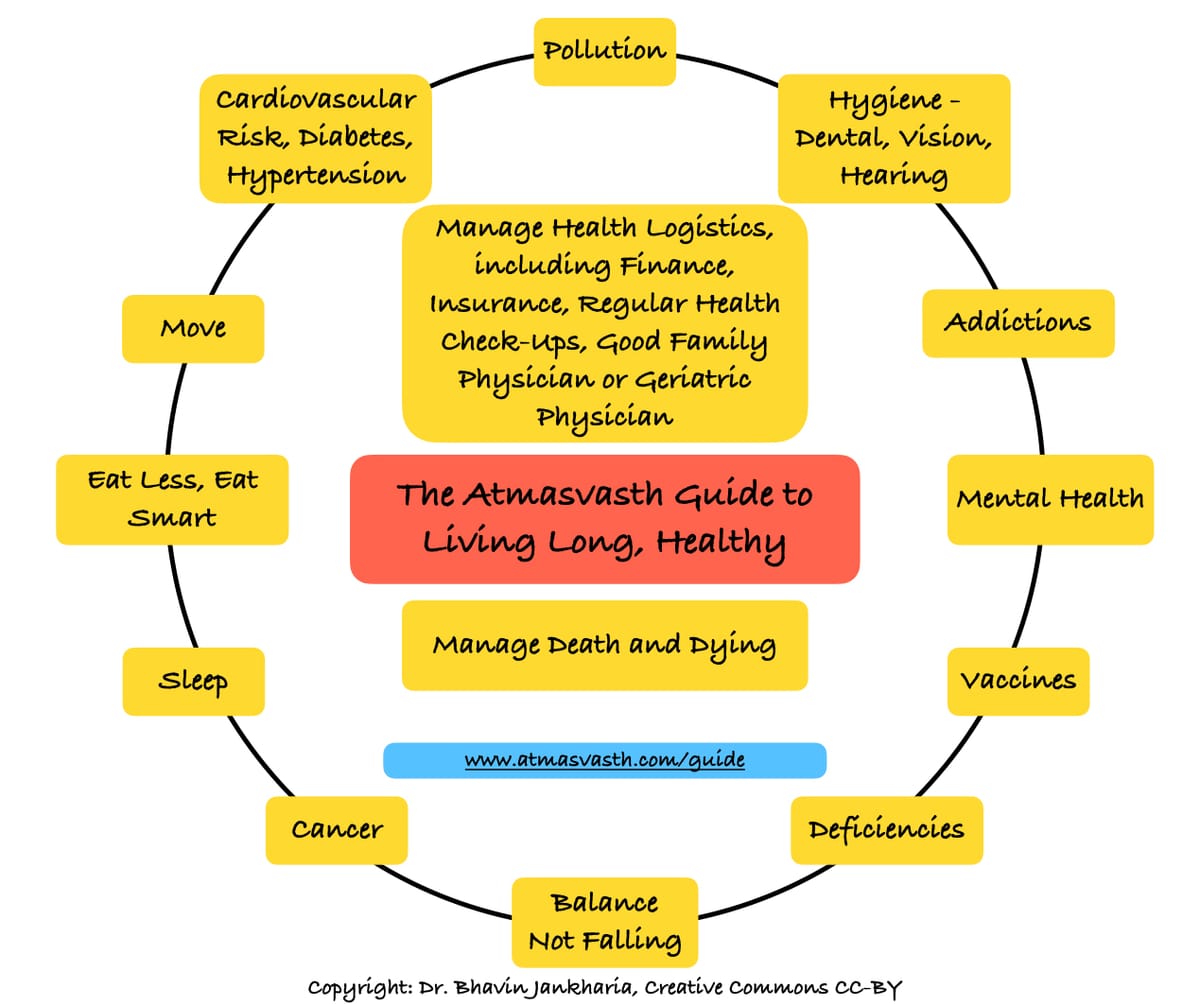
Week 1533 - Knowing Your Limits
Our physiology changes as we age and we need to adapt to the changing environment. We are not who we were 20 years ago and we need to realize that and adjust our physical activity accordingly. Recovery time is as important as the resistance training and runs and walks we do.
The Concept Explained

Audio
Link to click if you don't see the audio below.
YouTube Podcast Link
Text
Last Sunday, I went for a tempo run. It had just rained and I forgot to check the ambient conditions. A light breeze lulled me into going all out. Thirty minutes into the hard run, I suddenly felt very tired. I slowed down, did a walk-run and an extended cool-down and finally stopped at 48 minutes. I came home tired, jumped straight into a shower, first warm and then gradually colder, but the damage had been done. I was tired the whole day, my muscles cramping at different times in different places and the lethargy continued into the next day.
I had suffered from exertional heat exhaustion (EHE), a completely avoidable, self-inflicted condition. The humidity was 90%, the temperature 25 deg, which meant a wet-bulb temperature (WBT) of 24 deg, something I should have checked before doing a hard tempo run.
It was stupid.
I wrote about this on 21 Apr 2024, in an atmasvasth piece titled “Sweat and Science: How Wet-Bulb Temperature Dictates Safe Outdoor Exercise” when I went through a similar episode.

This was my advice to my readers and myself.
So, what does this mean for you and I? If you are not regularly walking or running outdoors, then during days of high temperature and humidity, especially when the WBT is above 23 (23 deg temperature with 100% humidity), refrain from any outdoors activity and if you have to go out for any reason, including shopping, then use hats, wear loose clothing and hydrate yourself well. If you are a regular walker or runner, the moment the WBT is above 23 deg (23 deg temperature with 100% humidity or 22 deg temperature with 95% humidity, etc), then restrict yourself to shorter walks or runs of about 30-45 minutes and refrain from longer bouts. Irrespective of your conditioning, once the WBT is above 27.9 or if it is potentially going to increase to that level, even if you start out at a lower WBT number, then cancel your outdoor activity and switch to indoor workouts in a cooled room.
And I obviously did not heed my own advice.
Since we are acclimatized to this climate and weather, easy runs, for example zone 1 and zone 2 runs are not an issue, even if the WBT goes to 26 deg. For those who are not clued in, a zone 1 run for me is when my heart rate does not go above 124, though I attempt to keep it around 119 and zone 2 is when my heart rate does not go above 135, the attempt being to keep it around 132-133. These are “hard” from the perspective that I have to constantly look at my watch and adjust the pace of my run and the power of my stride to stay within these limits, but they are fun, non-tiring and they prep my body for the tempo run that I do once a week…it is “running slow to run fast”. Each zone 1 or zone 2 run is between 30-45 minutes depending on the time I have in the morning, and though I have always run with music for the last two decades, I have stopped carrying my earphones for these runs…the bird songs in King’s Circle keep me good company.

Yesterday, again the conditions were the same…90% humidity, a dry temperature of 25 deg and a WBT of 24 deg. I listened to my body, did a tempo, but did not push myself very hard, did a walk-run with a good cool-down and I was absolutely fine.
As we age, recovery is equally important. I keep a day’s gap between runs, even if they are zone 1 runs…our muscles need time to recover, whether they are resistance training workouts or runs. Walking is perhaps the only physical activity that you can continue on a daily basis though even with walking, it is a good idea to take one rest day a week. Younger people may need less recovery time, and the period may vary the younger you are, but recovery time is essential and you just can’t push yourself too much, the older you are.
As important as physical activity is for our healthspan, it is equally important not to get injured or exhausted by that physical activity. I mix resistance training and runs, so that I am doing something every day, but I take one complete rest day either on a Saturday or a Sunday, with the idea that the muscle groups used must get at least 48 hours to recover before you reuse them.

Our physiology changes as we age and we need to adapt to the changing environment. We are not who we were 20 years ago and we need to realize that and adjust our physical activity accordingly.
Bhavin's Writings Newsletter
Join the newsletter to receive the latest updates in your inbox.








